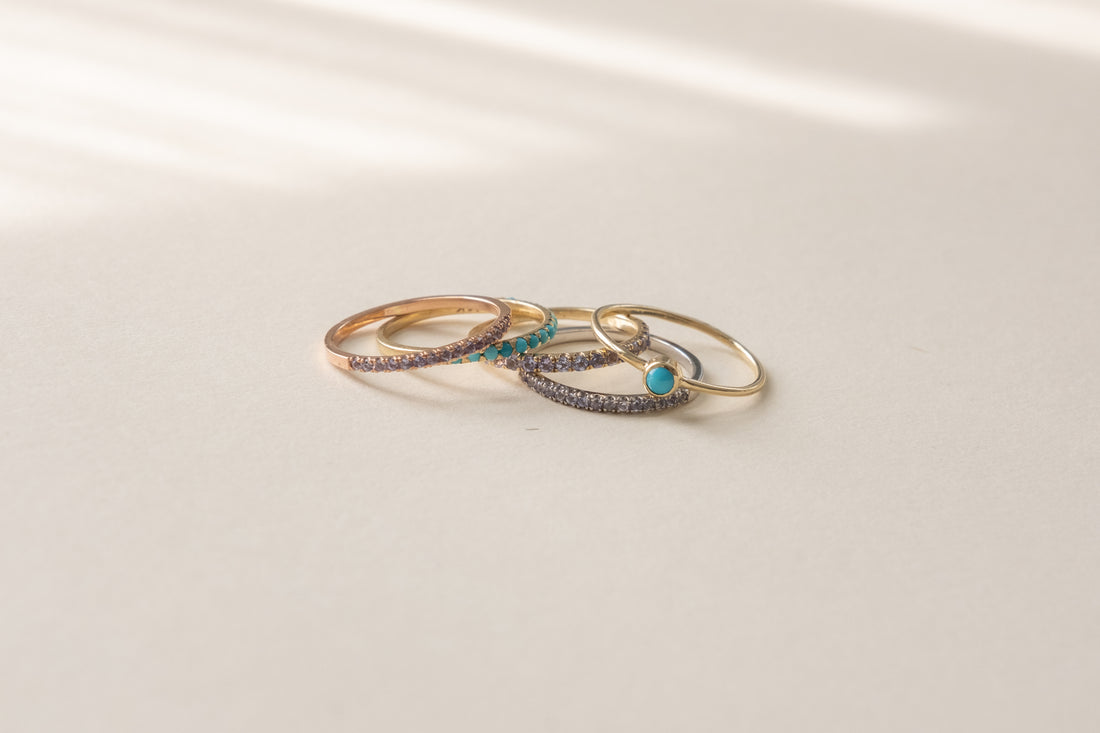
TANZANITE: THE STONE OF TRANSFORMATION
THE NEWEST ADDITION TO THE COLORED GEM GALAXY
Discovered just decades ago, Tanzanite is a transparent, blue to violet gem variety of the mineral, Zoisite. Tanzanite one of December's birthstones and is also given as a 24th anniversary gemstone.

HISTORY OF TANZANITE
Legend has it that Masai cattle herders in the Mount Kilimanjaro area of Tanzania first noticed this stone many years ago after a fire caused by lightening burned areas in Tanzania. The herders observed that the heat of the fire had caused the brown crystals to turned a deep blue-purple.
According to the Gemological Institute of America:
“As the most common story of the tanzanite mining boom goes, in 1967 a Masai tribesman stumbled upon a cluster of highly transparent, intense violet-to-blue crystals weathering out of the earth in Merelani, an area of northern Tanzania. He alerted a local fortune hunter named Manuel d'Souza, who quickly registered four mining claims. D’Souza hoped that he’d been shown a new sapphire deposit. Instead, the deposit contained one of the newest of the world’s gems. Within a short time, 90 more claims appeared in the same 20-square-mile area. No one was quite sure what the beautiful crystals were, but everyone wanted to lay claim to the profits they were certain to produce. The new gem would eventually be known as tanzanite, and it would, at times, rival the Big 3 in popularity.”

Photo by GIA
Tiffany Co. was the first American company to use the stones in jewelry design in 1968; its original publicity campaign advertised that tanzanite could now be found in two places: "in Tanzania and at Tiffany's." Soon after, Tanzanite was named the gemstone of the 20th century. It's rapid success in the jewelry industry was made possible by its vivid color, high clarity, and potential for large cut stones.
COMPOSITION
Generally blue in color, Tanzanite can range from lighter lilac to deeper violet or blue sapphire colors. The color is caused by small amounts of vanadium (heat) within the mineral structure. Once heated, the color becomes even more vibrant. Tanzanite can also be found in shades of purple, yellow, and brown. Such shades can be routinely treated with heat to permanently change it to an exotic bluish-purple color. 
Photo by Gem Select
LORE
This stone of transformation that has been praised for its ability to help dissolve old patterns of negative practices. Believed to help with mental and emotional issues such as stress and fear, Tanzanite is also said to have high vibrations and is used in meditation practices. In the study of chakras, deep blue and purple relate to the third eye and crown chakras, allowing for intuition and clarity to be enhanced with Tanzanite.
When worn as jewelry, Tanzanite is believed to stay within one's auric field and bring one's consciousness to a higher state, as well as bring the positive qualities to others who see its beauty; empowering us to move forward with optimism and inspiration, giving us a sense of direction and allowing us to manifest our powers for the highest good.
Though it only rates a 6.5 on the Moh's hardness scale, its resistance to scratching and abrasion is relatively good. Although it can be worn daily, Tanzanite is a brittle stone so take care to protect it from knocks, too much pressure and extreme temperature changes.
Whether you admire Tanzanite for its incredible color or the mystical lore around it, the December birthstone is a beautiful reflection of the colorful treasures that nature can create.
Sources:
